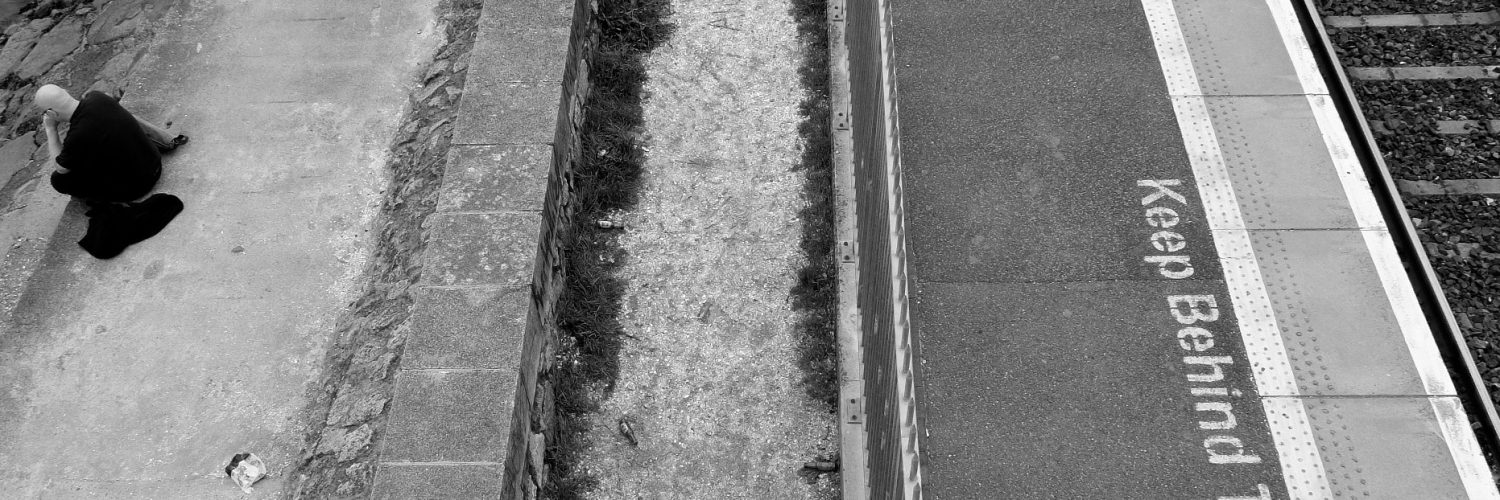Post do Masters of Media, Breaking the Frequencies, falando sobre game educativo da Waag que trasporta crianças para uma Amsterda medieval (no site é possível ver um vídeo do jogo)…O jogo é de 2005 mas foi reeditado em junho de 2007.

Trechos:
“(…) In 2005 the Locative Media department of Waag Society developed a mobile learning game, in which “students are transported to the medieval Amsterdam of 1550 via a medium that’s familiar to this age group: the mobile phone”. Frequency 1550 took place again in June 2007. The game uses 3G cell phones and network to allow students to compete in finding answers to questions about the old city of Amsterdam, for history class excursion and assignment. Frequency 1550 explores the social potential of location-aware devices, inspired by the use of tracking technology and wireless media, human relationships, movement and identity; the project seeks to extend and re-appropriate the functions of locative technologies by exploring ways in which they can be socially constructive and facilitate new dynamics to occur within everyday school life. Children are taught to look beyond city facades, interact socially and technically, and move through the city in new ways.(…)
(…) Frequency 1550 is most certainly not the first Locative Media project that is constrained by the limitations of the available technology. Central in the game play is the challenge of roaming the environment while deciphering the presented information on a miniature screen and interacting with the device through a bad designed cell phone keyboard (in ten years it probably will be considered ridiculous to use your thumb to text messages on a 10 button keyboard). Furthermore, at this commencing stage the mobile network, the Bluetooth and GPS connection, and communication to a central server are simply not advanced enough to separate the world and the presented scenario. These barriers make it almost impossible to engage with the plot and temporarily escape from reality. Frequency 1550 does not go beyond positioning; engagement is limited to location, not its context. (…)
